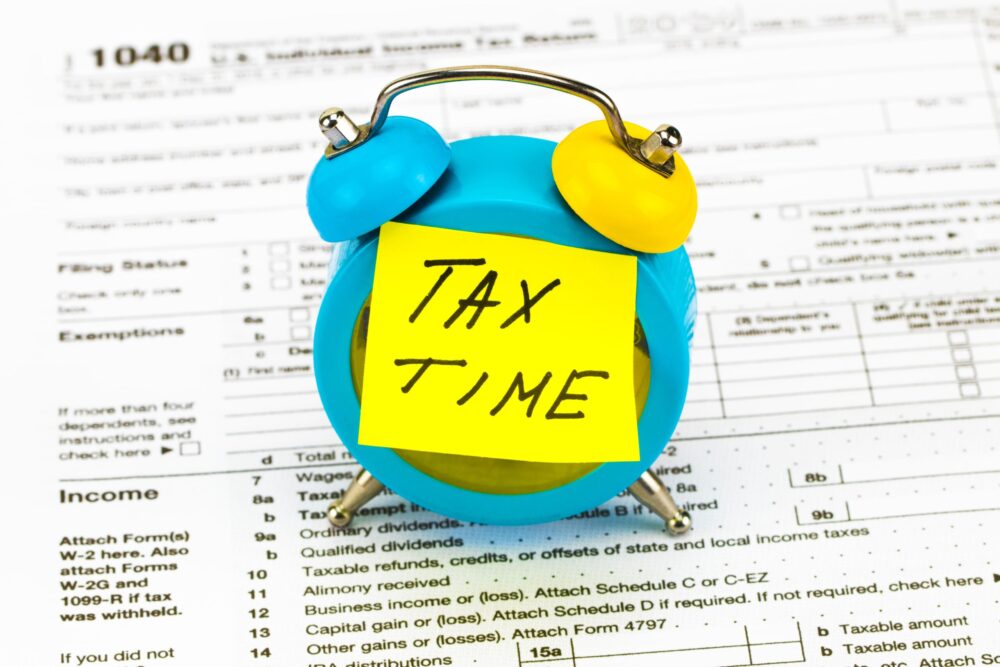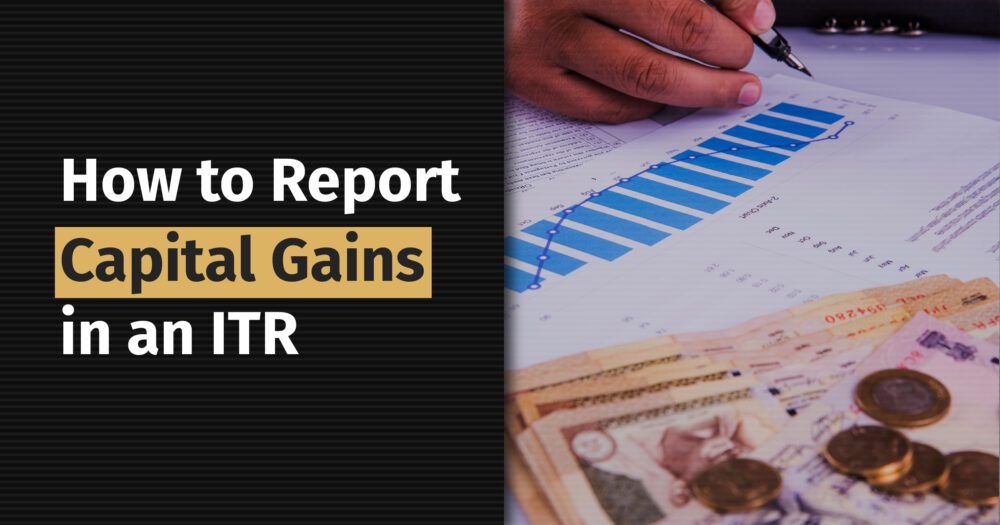Tax planning is a vital aspect of personal finance management, particularly for salaried individuals. As a beginner it is essential to grasp the fundamentals of tax planning to effectively handle tax obligations and maximize savings. This beginners guide aims to provide a detailed understanding of tax planning for salaried individuals, covering essential concepts, deductions, and strategies to help you navigate the process confidently.
Grasping Income Tax
Income tax is a direct tax levied by the government on individuals’ earnings. As a salaried individual, your income tax liability is determined based on your taxable income, which emcompasses your salary, allowances, and any additional sources.
Taxable Income
Taxable income refers to the portion of your income subject to taxation after accounting for eligible deductions. India employs a progressive tax system with distinct tax slabs based on income levels. These tax slabs are revised annually during the Union Budget.
Comparison of Old Tax Slab and New Tax Slab for FY 2022-2023 and FY 2023-2024 for taxpayers up to the age of 60 years
Old Tax Slab for FY 2022-2023 and FY 2023-24:
As there is no change in tax rates for old tax regime, it is same for FY 2022-23 and 2023-24
| Income Slab (₹) | Tax Rates |
|---|---|
| 0 – 2.5 Lakhs | 0% |
| 2.5 Lakhs – 5 Lakhs | 5% |
| 5 Lakhs – 10 Lakhs | 20% |
| 10 Lakhs and above | 30% |
Tax Slab as per New Tax regime for FY 2022-2023:
| Income Slab (₹) | Tax Rates |
|---|---|
| 0 – 2.5 Lakhs | 0% |
| 2.5 Lakhs – 5 Lakhs | 5% |
| 5 Lakhs – 7.5 Lakhs | 10% |
| 7.5 Lakhs – 10 Lakhs | 15% |
| 10 Lakhs – 12.5 Lakhs | 20% |
| 12.5 Lakhs – 15 Lakhs | 25% |
| 15 Lakhs and above | 30% |
Tax Slab as per New Tax regime for FY 2023-2024
| Income Slab (₹) | Tax Rates |
|---|---|
| 0 – 3 Lakhs | 0% |
| 3 Lakhs – 6 Lakhs | 5% |
| 6 Lakhs – 9 Lakhs | 10% |
| 9 Lakhs – 12 Lakhs | 15% |
| 12 Lakhs – 15 Lakhs | 20% |
| 15 Lakhs and above | 30% |
Over and above the Income tax as mentioned above, 4% health and education cess is also applicable.
Individuals have the option to choose between the old tax regime and the new tax regime, depending on which one is more beneficial for them. The new tax slab offers lower tax rates for certain income brackets, providing potential tax savings. However, it is important to carefully evaluate and compare both tax slabs based on your specific income and deductions to determine which one is more advantageous for your financial situation. You can refer to the blog on Old v/s New scheme here
Understanding Deductions
Deductions play a crucial role in reducing your taxable income. As a salaried individual, you can take advantage of various deductions available under the Income Tax Act to minimize your tax liability.
Key deductions to consider
Section 80C – This section allows deductions for Investments and expenses
Contributions to Employee Provident Fund (EPF)
Public Provident Fund (PPF)
Life Insurance Premiums
National Savings Certificate (NSC)
Tuition Fees for Children’s Education
FDs with a lockin period of 5 years and more
Section 80D – This section provides deductions on
Health insurance premiums paid for yourself, your spouse, children and parents
Section 80CCD – This section provides deductions on
National Pension Scheme that aids in building a retirement corpus
Section 80G – This section allows deductions for making Donations
Under Section 80G, individuals or entities making donations to eligible charitable organizations can claim deductions on their taxable income.
The deduction can be claimed by both individuals and companies. However, it’s important to note that donations made in the form of cash exceeding Rs. 10,000 are not eligible for deductions under Section 80G. Additionally, donations made to political parties or electoral trusts are not covered under this section.
To claim the deduction, it is necessary to fulfill certain conditions
Ensure that the charitable organization is registered under Section 80G: The organization must have a valid registration with the Income Tax Department and must hold a valid 80G certificate.
Verify the donation limit
Different organizations have different donation limits eligible for deductions. Some organizations allow a deduction of 100% of the donated amount, while others offer a deduction of 50% or 25%. It’s essential to check the specific percentage and limit applicable to the organization you are donating to.
Obtain a receipt
When making a donation, always ensure that you receive a proper receipt or certificate from the charitable organization. This document is crucial as it serves as evidence when claiming deductions while filing your income tax return.
It’s important to remember that claiming deductions under Section 80G should be accompanied by proper documentation and compliance with the specified conditions. Additionally, it’s advisable to consult a tax professional or a certified financial advisor for accurate guidance and to maximize the benefits of this provision.
House Rent Allowance (HRA)
If you live in a rented house and receive HRA as part of your salary you can claim HRA exemption
To claim deductions on House Rent Allowance (HRA), the following conditions must be met:
Residential Accommodation
You must live in a rented house/apartment for which you are paying rent. HRA cannot be claimed if you are living in a self-owned house or a house for which you do not pay rent.
Employment Requirement
HRA can only be claimed by individuals who are employed and receive HRA as a component of their salary.
Actual Payment of Rent
You must actually pay rent to the landlord for the rented accommodation.
Rent Receipts
You need to provide rent receipts to your employer as proof of rent payment. Rent receipts should include details such as the landlord’s name, address, rental period, and amount paid.Also PAN of the landlord is required as well in case of rent above Rs. 1,00,000/- per annum.
Rent Agreement
It is advisable to have a rent agreement or lease agreement in place between you and the landlord. Although not mandatory, it helps establish the authenticity of the rental arrangement.
It’s important to note that the amount of HRA eligible for deduction is subject to certain limits.
The lowest of the following three amounts can be claimed as a deduction:
Actual HRA received from the employer
Rent paid minus 10% of salary
50% of the basic salary for individuals residing in metro cities (or 40% for non-metro cities)
Standard Deduction
Recently introduced, this deduction provides a fixed amount that can be claimed irrespective of actual expense. For the financial year 2022-23, the standard deduction for salaried individuals in India is set at Rs. 50,000. This means that individuals can reduce their taxable income by Rs. 50,000 without having to provide any supporting documents or evidence of actual expenses.
Let’s consider an example to understand how the standard deduction works
Suppose you are a salaried individual with an annual income of Rs. 7 lakh. Without considering any deductions or exemptions, your taxable income would be Rs. 7 lakh.
However, with the standard deduction of Rs. 50,000, you can reduce your taxable income to Rs. 6.5 lakh. This deduction is applicable to all salaried individuals, regardless of their actual expenses.
It’s important to note that the standard deduction is a separate deduction from other exemptions and deductions available under various sections of the Income Tax Act. You can still claim other deductions, such as those under Section 80C for investments in specified instruments, to further reduce your taxable income.
Strategies for Tax Planning within Tax Slabs
To optimize tax planning within the tax slabs, consider the following strategies:
Utilize deductions: Take advantage of deductions available under different sections of the Income Tax Act, such as Section 80C, 80D, 80CCD and 80G, to reduce your taxable income.
Optimize salary structure: If feasible, structure your salary components to include tax-free allowances and reimbursements, reducing your taxable income.
Stay Updated and Seek Professional Guidance
Tax slabs may change with each Union Budget. It is important to stay updated on any revisions to tax rates or thresholds to ensure accurate tax planning and compliance with current regulations. Seeking advice from a tax advisor or a certified financial advisor can provide personalized financial advisory and help you make informed decisions regarding tax planning strategies within the applicable tax slabs.
Disclaimer: Consulting a tax advisor or certified financial advisor is advisable for personalized financial advisory and assistance in your tax planning journey









